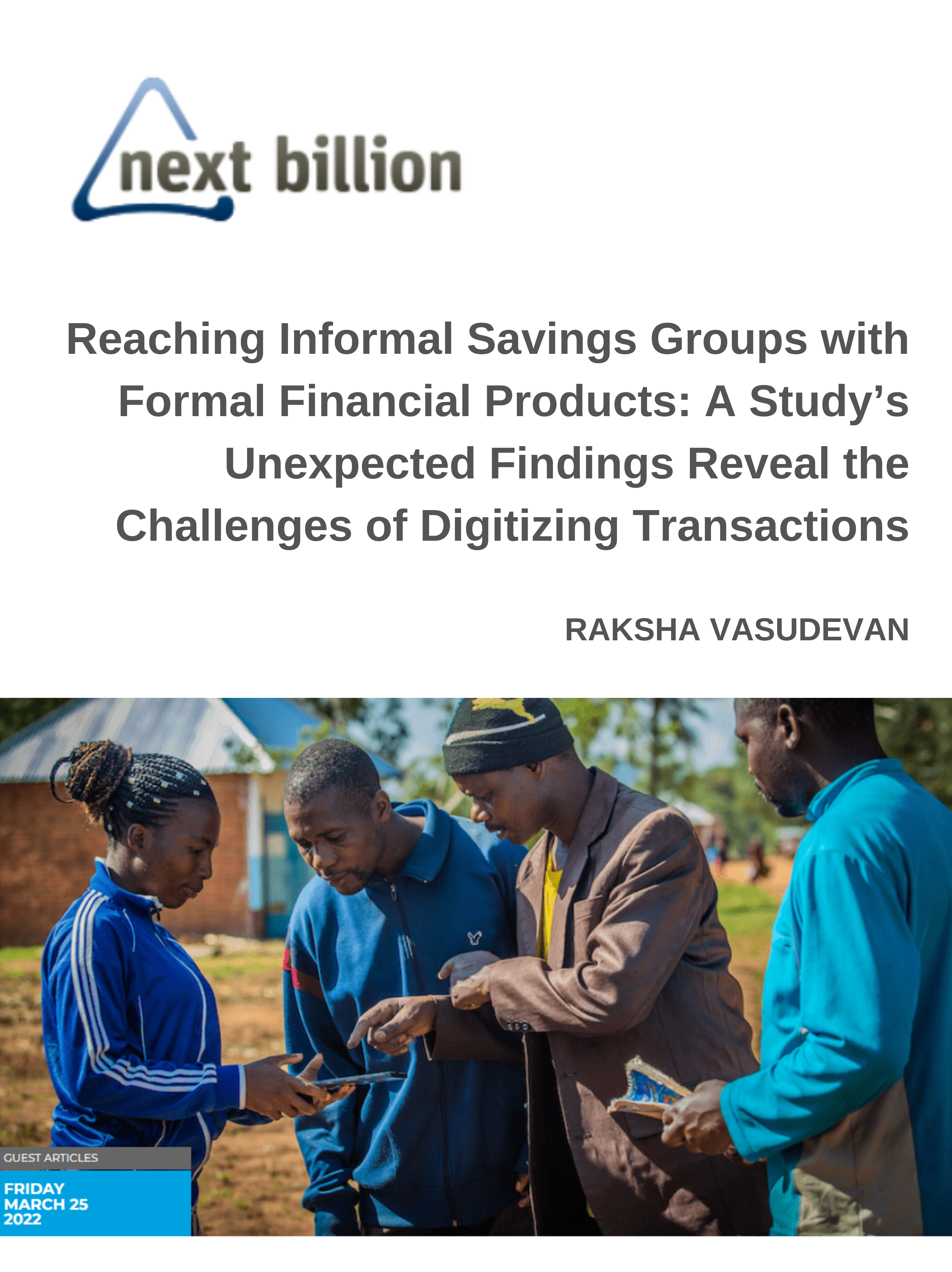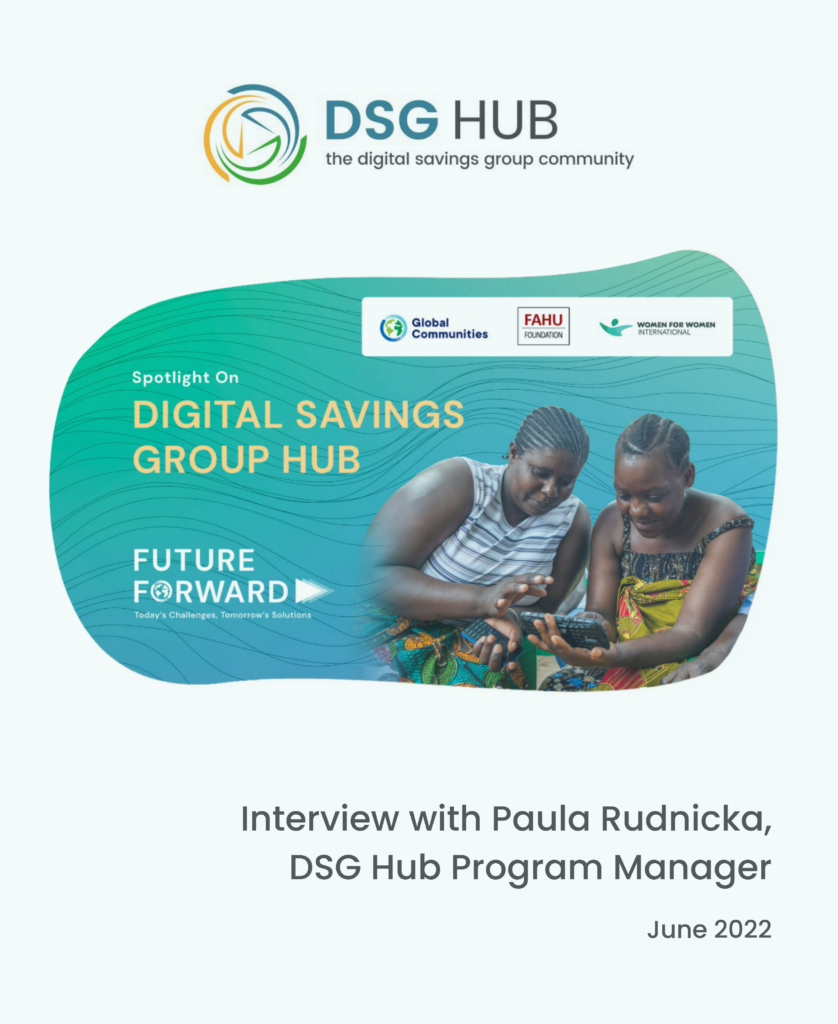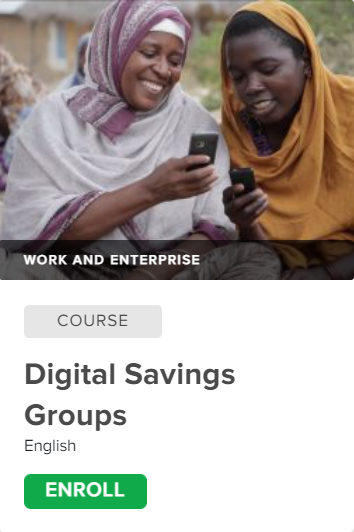This article discusses the main findings from a qualitative assessment of Savings at the Frontier (SatF) projects in Ghana, Tanzania, and Zambia, implemented in 2015-2022 and funded by the Mastercard Foundation. The program sought to bridge the gap between formal financial services and informal savings groups, enabling members to access the financial services that best meet their needs. The article concludes that despite relatively high uptake and usage of both group and individual bank accounts, digital channels remain slow to develop. It then explores the main reasons for the slow digitization of savings groups and raises several questions that financial service providers and financial inclusion programs may find useful to consider.

article
Digital Inclusion
Digital Payments
Digital Recordkeeping
Digital Transformation
Financial Products & Services
Financial Service Providers
Formal Finance
Informal Finance
Monitoring & Evaluation
User Experience
Reaching Informal Savings Groups with Formal Financial Products: A Study’s Unexpected Findings Reveal the Challenges of Digitizing Transactions
Published by
Raksha Vasudevan
2022
NextBillion
Have you found this Resource useful?



